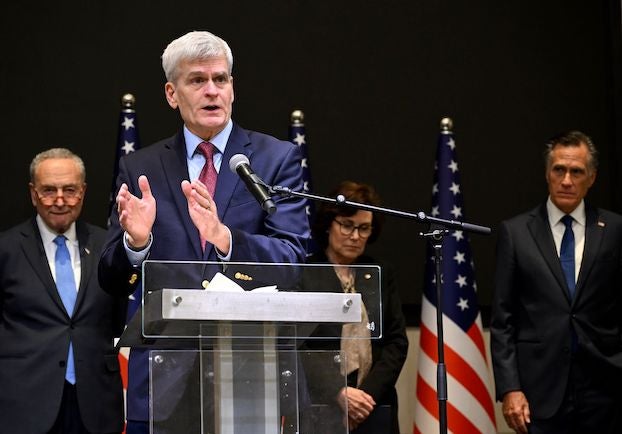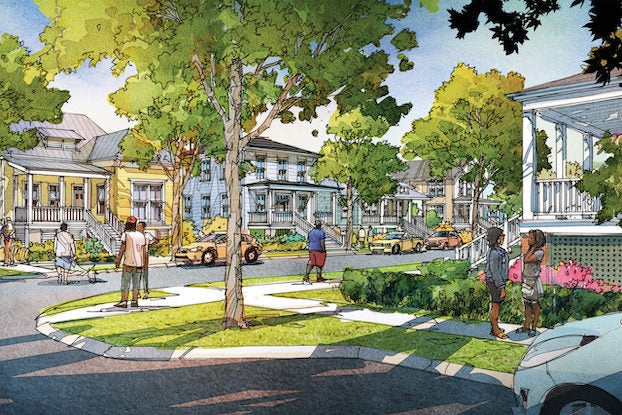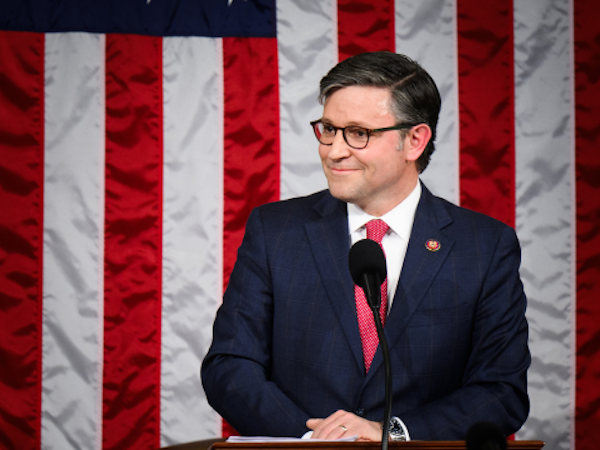Climate pollution solutions are necessary so community advisement sought
Published 2:39 pm Tuesday, October 3, 2023

- (Metro Creative Serivces)
Representatives from the Louisiana Climate Initiatives Task Force met with Southwest Louisiana residents this week to discuss efforts and goals at the state and local levels to reduce climate pollution.
The state’s main goal is to reach net zero greenhouse gas emissions by 2050 through aggressive policy implementation, said Isabelle Englehart, policy advisor for the Governor’s Office of Coastal Activity.
In the United States, eclectic power and transportation are the largest sources for CO2 emissions. The case is different in Louisiana; 66 percent of COs emissions in the state are derived from industrial sources.
The state’s unique emission breakdown means that a special plan needs to be developed, she said. This is why the Louisiana Climate Initiatives Task Force is turning to the community for input.
“That means the path that we take to reducing our greenhouse gas emissions is absolutely going to be unique from other states. That’s a big reason we want it to be also informed by the people who are experiencing these emissions and know this area the best.”
She said the industrial sector is a “notoriously difficult sector to limit emissions from.”
The Louisiana Climate Action Plan — released in February 2022 — is the guideline for reducing emissions. While this is the main goal, the state is also striving to improve health and quality of life, strengthen the economy, adapt to climate change, conserve natural resources and craft a more equitable society, she said.
There are 11 strategies and actions included in Louisiana’s pathway to net zero by 2050.
“It is a suite of options that covers a lot of different sectors, and every little bit counts to get us there, because it’s a long way to go.”
The biggest three focus areas are Industrial Electrification and Hydrogen Fuel Switching, Low and No-Carbon Hydrogen Production, Clean Electricity Standard.
According to the Climate Action Plan, industrial electrification will shift industrial processes and equipment to electric power instead of fuels, industrial fuel switching to low and no-carbon hydrogen will shift high heat industrial processes to sustainable-produced hydrogen and renewable energy generations will increase Louisiana’s renewable electricity to meet current and future demand.
The state is in the planning stages of utilizing a $3 million Environmental Protection Agency grant, the Climate Pollution Reduction Grant.
The federal grant will provide $5 billion to states, local governments, tribes and territories to “develop and implement plans for reducing greenhouse gas emissions and other harmful air pollution,” according to the EPA.
LaKesha Hart, state planning manager for the Division of Administration, said in order to receive the grant award and move into the implementation stage, a Priority Climate Action Plan has to be developed.
The community meetings that are being held throughout the state will influence the final draft of the PCAP.
At the Monday meeting, the task force conducted a live survey to determine SWLA’s priorities. 50 percent of participants decided that the grant priority most important to SWLA is to reduce greenhouse gasses and harmful air pollution. 36 percent stated that empowering community-driven solutions in overburdened communities should be a priority.
Attendees also ranked air quality and public health improvements as the highest priority and energy cost savings as the lowest priority.
Michael Tritico, local environmentalist and member of RESTORE, was present at the meeting and criticized the lack of methane and carbon dioxide limits for industry alongside other emission reduction efforts.
“It is hypocrisy for the state to say it is doing something about climate change by giving grants to environmental justice groups while at the same time giving unlimited permission to polluters to “blow and go. As long as any greenhouse gas emitter knows that there are no limits on how much methane or carbon dioxide he can flush, he will keep flushing all of those molecules as usual,” he told the American Press after the meeting.
In his comments that he submitted to the Task Force last year, which he shared with the American Press, he called Renewable Energy Generation and Industrial Electrification policy pillars “excellent,” but explained that in order for Low to No-Carbon Hydrogen Production to work is if no fossil fuels were used at all.
“The only way that the ‘clean hydrogen’ policy pillar could be anything but a weakening, status quo sustaining pillar would be if the governor makes clear that he is insisting on ‘green hydrogen’ and nothing less.”
He believes the biggest change that needs to be made in Southwest Louisiana is industry and governmental transparency.
“Industry and regulators need to be honest with themselves and the public about climate change, its causes, and its remedies.”





